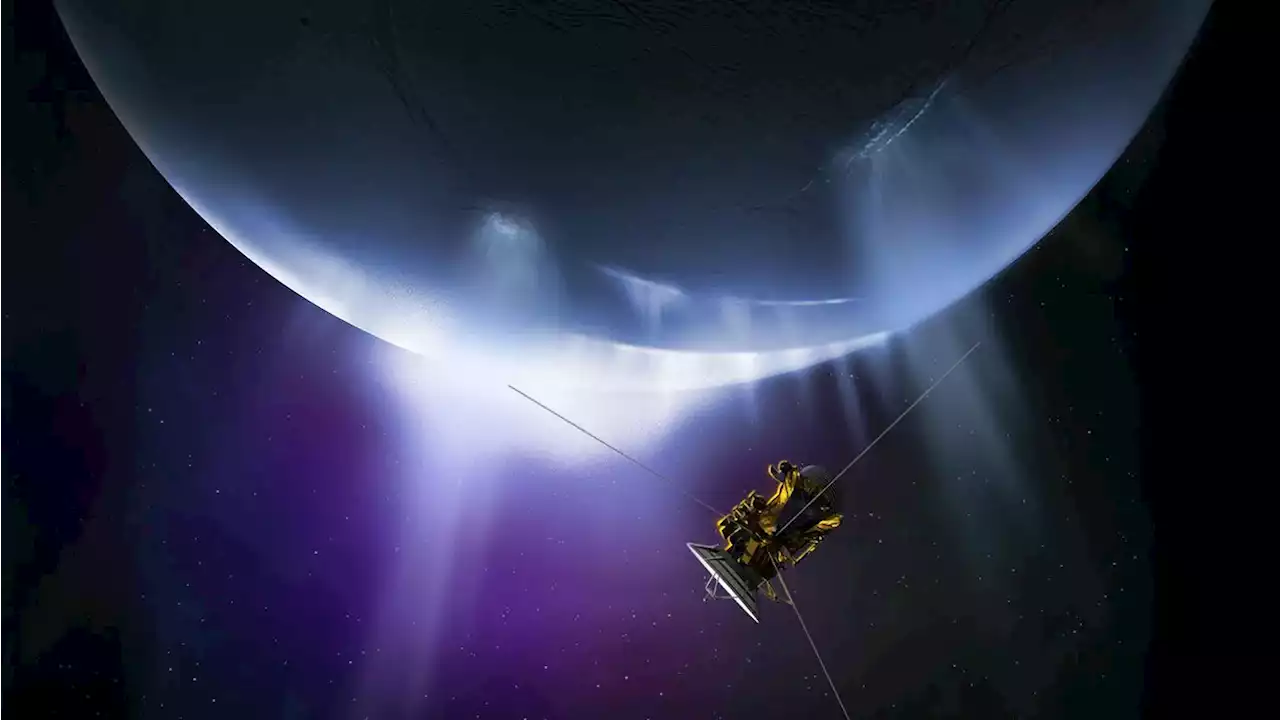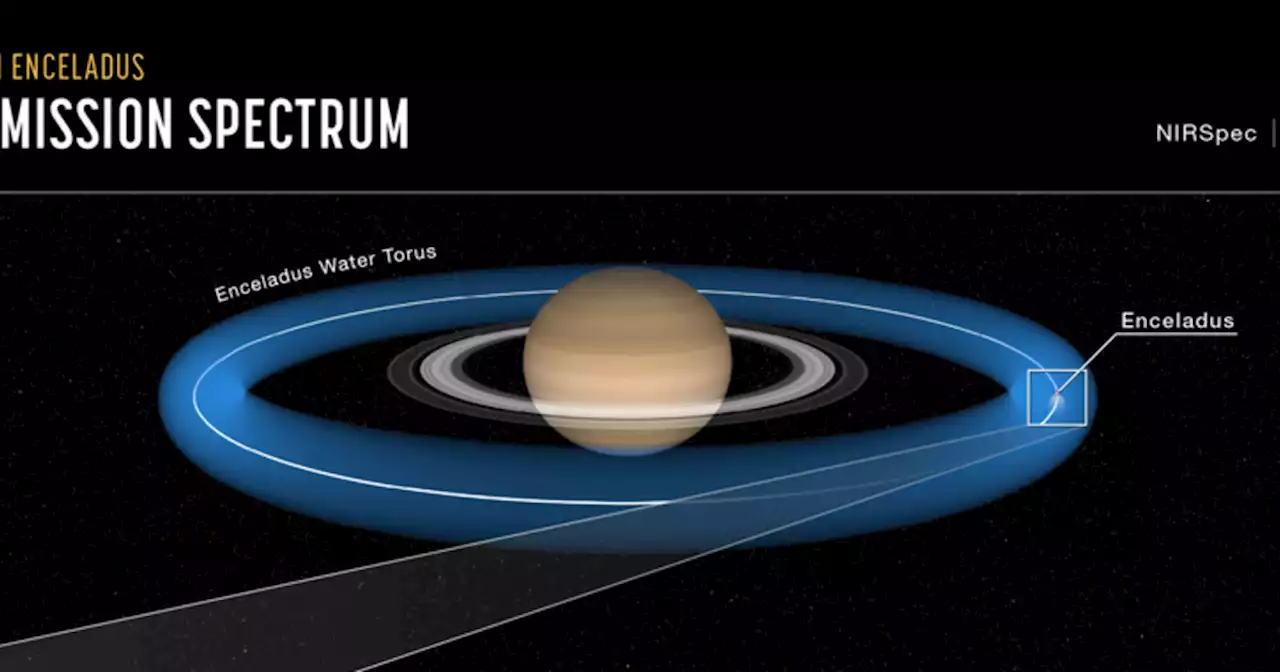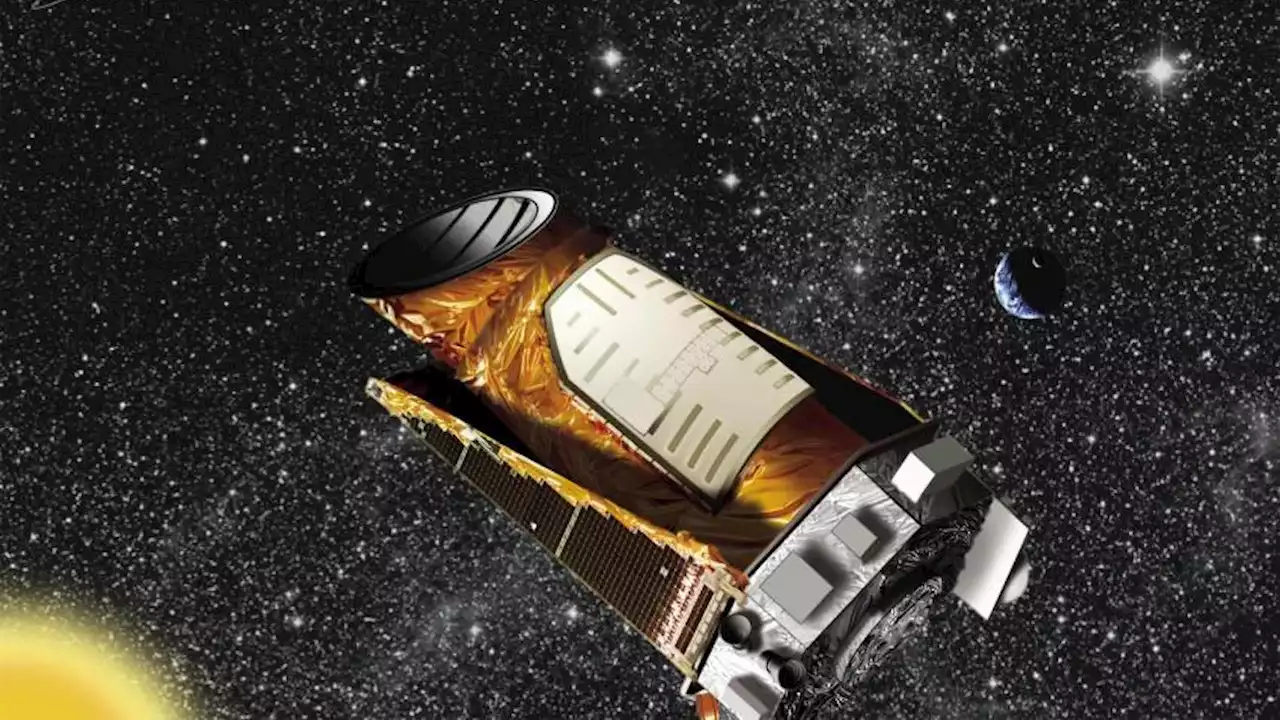Exoplanet Discovery Alert: Webb Space Telescope Finds Water in Ultra-Hot Alien World — Using the James Webb Space |
WASP-18 b, seen in an artist’s concept, is a gas giant exoplanet 10 times more massive than Jupiter that orbits its star in just 23 hours. Researchers used NASA’s James Webb Space Telescope to study the planet as it moved behind its star. Temperatures there reach 5,000 degrees Fahrenheit . Credit: NASA/JPL-Caltech WASP-18 b, and identified water vapor in its extremely hot atmosphere.
Researchers made a brightness map, tracing the glow from hot regions of WASP-18 b as it slipped behind, and reappeared from, its star. This event is known as a secondary eclipse. Scientists can measure the combined light from star and planet, then measure the light from just the star as the planet moves behind it. The plot is a light curve, the measured change in brightness of a star as a planet moves in front of or behind it.
The team obtained the thermal emission spectrum of WASP-18 b by measuring the amount of light it emits over NASA’s James Webb Space Telescope’s NIRISS SOSS 0.85-2.8 um wavelength range, capturing 65% of the total energy emitted by the planet. WASP-18 b is so hot on the day side of this tidally-locked planet that water vapor molecules would break apart. The Webb Telescope directly observed water vapor on the planet in even relatively small amounts, indicating the sensitivity of the observatory.
The spectrum of the planet’s atmosphere clearly shows multiple small but precisely measured water features, present despite the extreme temperatures of almost 5,000 degrees. It’s so hot that it would tear most water molecules apart, so still seeing its presence speaks to Webb’s extraordinary sensitivity to detect remaining water. The amounts recorded in WASP-18 b’s atmosphere indicate water vapor is present at various elevations.
“Because the water features in this spectrum are so subtle, they were difficult to identify in previous observations. That made it really exciting to finally see water features with these JWST observations,” said Anjali Piette, a postdoctoral fellow at theScientists used the James Webb Space Telescope to observe the exoplanet WASP-18 b and its star before, during and after the planet was eclipsed.
United States Latest News, United States Headlines
Similar News:You can also read news stories similar to this one that we have collected from other news sources.
 Webb Space Telescope Detects 6000-Mile Water Plume Jetting From Saturn’s Moon EnceladusInteraction between moon’s plumes and Saturn’s ring system explored with Webb Enceladus—a tiny, icy moon of Saturn—is one of the most intriguing objects in the search for signs of life beyond our own planet. Under a crust of ice lies a global ocean of salty water. Jets, supplied by that ocean, g
Webb Space Telescope Detects 6000-Mile Water Plume Jetting From Saturn’s Moon EnceladusInteraction between moon’s plumes and Saturn’s ring system explored with Webb Enceladus—a tiny, icy moon of Saturn—is one of the most intriguing objects in the search for signs of life beyond our own planet. Under a crust of ice lies a global ocean of salty water. Jets, supplied by that ocean, g
Read more »
 James Webb telescope unveils enormous geyser erupting water into space from Saturn's moonJames Webb Space Telescope (JWST) has captured a mesmerizing spectacle on Saturn's moon Enceladus. It contains the chemical ingredients necessary for life!
James Webb telescope unveils enormous geyser erupting water into space from Saturn's moonJames Webb Space Telescope (JWST) has captured a mesmerizing spectacle on Saturn's moon Enceladus. It contains the chemical ingredients necessary for life!
Read more »
 Webb telescope detects 6,000-mile-long water vapor plume blasting from Saturn's moonScientists say the plume may feed Saturn's water system at large, and studying it could provide key insights into potential life beyond Earth.
Webb telescope detects 6,000-mile-long water vapor plume blasting from Saturn's moonScientists say the plume may feed Saturn's water system at large, and studying it could provide key insights into potential life beyond Earth.
Read more »
 Webb Telescope Spots a Plume of Unusual Size Spewing From Saturn's Moon EnceladusThe $10 billion space observatory is investigating ancient light as well as nearby moons.
Webb Telescope Spots a Plume of Unusual Size Spewing From Saturn's Moon EnceladusThe $10 billion space observatory is investigating ancient light as well as nearby moons.
Read more »
 Hubble Space Telescope hunts for a black hole among a brilliant field of stars (photo)Astronomers are looking for something else in this cluster that is much more elusive than its densely packed stars.
Hubble Space Telescope hunts for a black hole among a brilliant field of stars (photo)Astronomers are looking for something else in this cluster that is much more elusive than its densely packed stars.
Read more »
 Astronomers unearth the last alien worlds observed by the Kepler Space Telescope'These are the last chronologically observed planets by Kepler, but every [last] bit of the telescope's data is incredibly useful.'
Astronomers unearth the last alien worlds observed by the Kepler Space Telescope'These are the last chronologically observed planets by Kepler, but every [last] bit of the telescope's data is incredibly useful.'
Read more »
